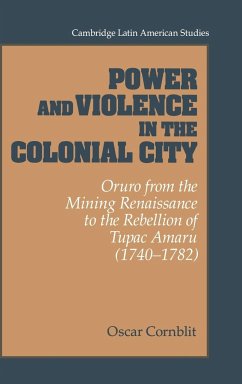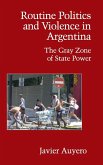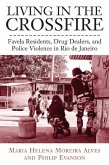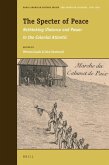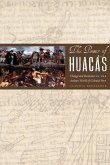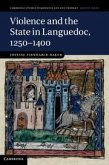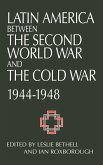This book examines the characteristics of political power in the cities of the colonial Spanish Empire between the 1740s and 1780s, based on a detailed study of the mining city of Oruro in Alto Peru (present-day Bolivia). Oruro, after Potosi, was the second most important colonial center of silver production in the southern hemisphere. The fluctuations in the volume of this activity, as well as its financing and production, were important cultural and political factors in this colonial city. The author gives special emphasis to the specific forms of the exercise of power, assessing the judicial process and the material opportunities that the various bureaucratic positions made possible. From this, it can be seen how these public activities were to a large extent of a private nature, and how the resources available to each official greatly determined his scope of action. Toward the end of this period, the analysis focuses on the important Indian uprisings of the 1780s (the rebellions of Tupac Amaru) and the causes of the alliances or confrontations between the members of the distinct bands, either white or Indian. These episodes are of particular interest because some aspects of the present guerrilla activity in Peru by the Shining Path can be seen in the insurrections of the 1780s.

